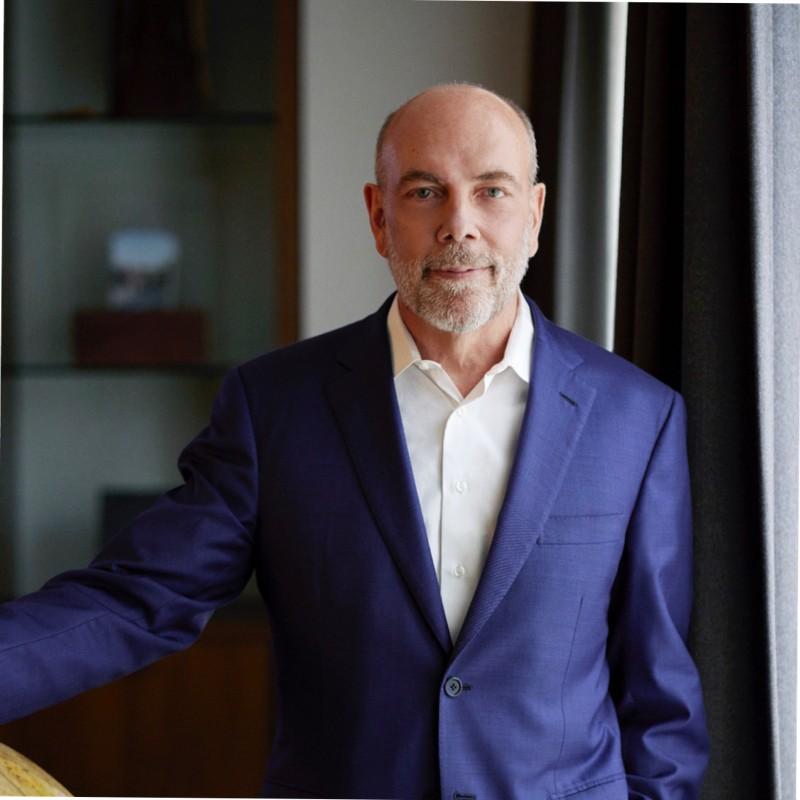In nature everything has a cycle. Birth, growth, maturation, death. Everything, including the planets and stars. Nothing stays the same.
So why does our government believe they can master economic cycles and not experience ups and downs the way nature does? Throughout history, economies haven’t worked that way.
For years, to enhance trade, countries tied their currencies to commodities that were scarce, valuable and had steady prices. Often, gold, silver, sometimes copper.
Shortly after Alexander Hamilton created our monetary system and established our national bank, The Coinage Act of 1792 established the US Mint with rules for coinage of gold and silver. The dollar was defined in terms of a specific weight of gold or silver, providing a link between the currency and precious metals. This continued until shortly after the Civil War when the gold standard was adopted.
Under the gold standard the US dollar could be exchanged for a fixed amount of gold held in our treasury. This provided stability and confidence in our currency, as the value of money was tied to a tangible and finite resource. As the nation grew and industrialized in late 19th and early 20th century, this gold standard became an integral part of America’s economic strength which led to the US dollar being accepted as the world’s reserve currency.
During 1933, President Franklin D. Roosevelt began to drift from the gold standard when he issued an executive order banning private ownership of gold coins, bullion, and gold certificates. Soon, in 1934, the Gold Reserve Act allowed the government to hold gold in the treasury at a higher price than the open market, effectively devaluing the dollar and further detaching it from its gold-backed origins.
In preparation for the Marshall Plan to rebuild World War II devastated countries, an international monetary system was created by 44 countries in 1944 at the Bretton Woods Summit. Major world currency ratios were set to the US dollar, which remained on a semi-gold standard. In 1971 President Richard Nixon abandoned the gold standard entirely. Since then, our currency has been backed only by faith our citizens will stand behind our country’s indebtedness.
When abandoning the Gold Standard in 1971 the national debt was $398 billion. Annual deficit spending (government expenses greater than receipts) raised the debt to $1 trillion by 1982. This doubled by 1986, exceeded $10 trillion by 2008, and broke $22 trillion in 2019. Add $6 Trillion for Covid disbursements plus additional deficit spending and quickly the U.S. total indebtedness exceeds $34 trillion today. This is over 85 times our indebtedness since leaving the gold standard. In just 52 years.
So, what did we get for this additional spending? Well, our country’s productivity, measured by Real Gross Domestic Product, has increased about 6 times. Looks like a lot of money must have gone to save banks (probably trillions), green programs (probably trillions), keep the border open (probably trillions) and indirectly increase congressional compensation (not trillions – but a lot).
How can we spend 10 times real GDP growth and not expect inflation? Why did we not realize dumping $6 Trillion for COVID into our money supply, knowing it would not increase our real productivity, guaranteed inflation. Common sense will tell you more money in the hands of spenders with virtually no increase in product availability will cause competition for goods and raise prices.
Moreover, adding debt is a win-win for congress. It allows congress and the administration to please everyone, not address difficult problems, make promises, kick cans down the road, and not pay attention to debt. All of this to advance their careers and agendas. Over the betterment of the people. Keep in mind, indebtedness is as good for the government (easier to pay debt) as it is bad for the average American (devalues cash quickly).
If we had maintained the gold standard, would it have made any difference? Most assuredly. Maintaining a ratio of gold held by the treasury to printed money in circulation would keep both our executive and congressional branches more honest and accountable. It increases the difficulty for the government to upset the relationship of paper money supply to national productivity. When the 6 trillion was printed for COVID and passed out to almost everyone (including government at all levels), the treasury would have been required to purchase more reserve gold (About 25% of reserves) or devalue the paper money held by the public. Very likely this would have prevented the COVID money ever being printed.
Excessive indebtedness by the United States is leading other countries to rely less and less on the dollar. Already, BRICS (Brazil, Russia, India, China, and South African) have agreed to develop a common currency. Recently, joined by Saudi Arabia, Iran, Ethiopia, Egypt, Argentina and UAE, these countries account for more than 40% of the world population and a quarter of the global economy.
BRICS studied the Bretton Woods meeting of 1944 and may use gold as the basis of their planned new international currency system. Last month, the value of Chinese yuan exceeded the dollar value from America in trade with Russia.
On April 11, BRICS members China and Russia began forging new partnerships to promote the concept and ideals of a multipolar world. Both countries are looking to reform the global financial system which is heavily concentrated and dominated by the US. Russia’s Foreign Minister Sergey Lavrov met Chinese President Xi Jinping and the two discussed ways to push the new financial ideals ahead. Is our Russian embargo and massive spending in Ukraine accomplishing anything but making our global financial position worse?
There is a limit to which we can print money. Are we there yet? Many believe so, including our enemies. We have no choice. We must strengthen the dollar. We must balance our budget. Now. Even now may be too late.
Full story here Are you the author? Previous post See more for Next postTags: Featured,newsletter
























